Waterproof vs. Water Resistant: How to Choose the Best Work Rain Gear
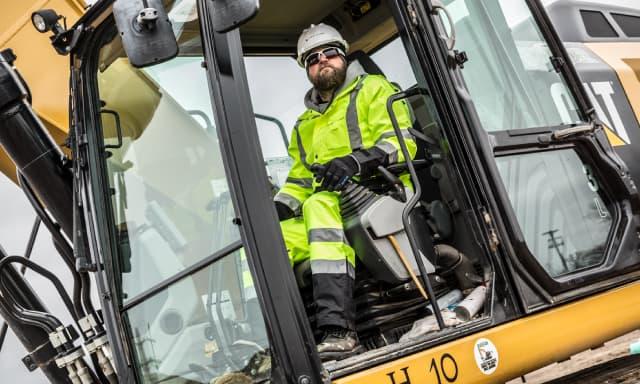
With cities across the United States and Canada continuing to experience record-high annual precipitation, it’s not really a matter of if you’re going to get wet—it’s when. And for those regularly working outdoors in rain or snow, a solid set of waterproof work gear is invaluable to getting the job done safely.
Now, you could just Google “rain jacket” and buy the first thing you see. But that kind of blind faith is a good way to find yourself waterlogged and miserable at shift’s end. Because as it turns out, waterproofing isn’t so black and white—or should we say, wet and dry.
What Does Waterproof Mean?
Waterproof vs. Water Resistant vs Water Repellant
We’ll kick things off with one of the world’s most Googled questions—what is the difference between waterproof and water resistant? To put it as simply as possible, waterproof is to water resistant what Netflix is to VHS players. It’s just.. better. While water resistant (sometimes called hydrophobic) quite literally means it will resist water, that protection only goes so far. Water-resistant fabrics will handle drizzles with ease—and on many worksites, that’s probably all you need! But if your job regularly puts you in Mother Nature’s torrential path, you’ll want gear that’s truly waterproof. Waterproof indicates a high enough water resistance to keep you dry from punch in to punch out—come hell or sideways rain. And what about water repellant? Well, that’s a different thing entirely. Whereas waterproof and water resistant speak to the nature of a fabric, a water repellent is a secondary treatment applied to the fabric that increases its water resistance. Clear as mud, right?
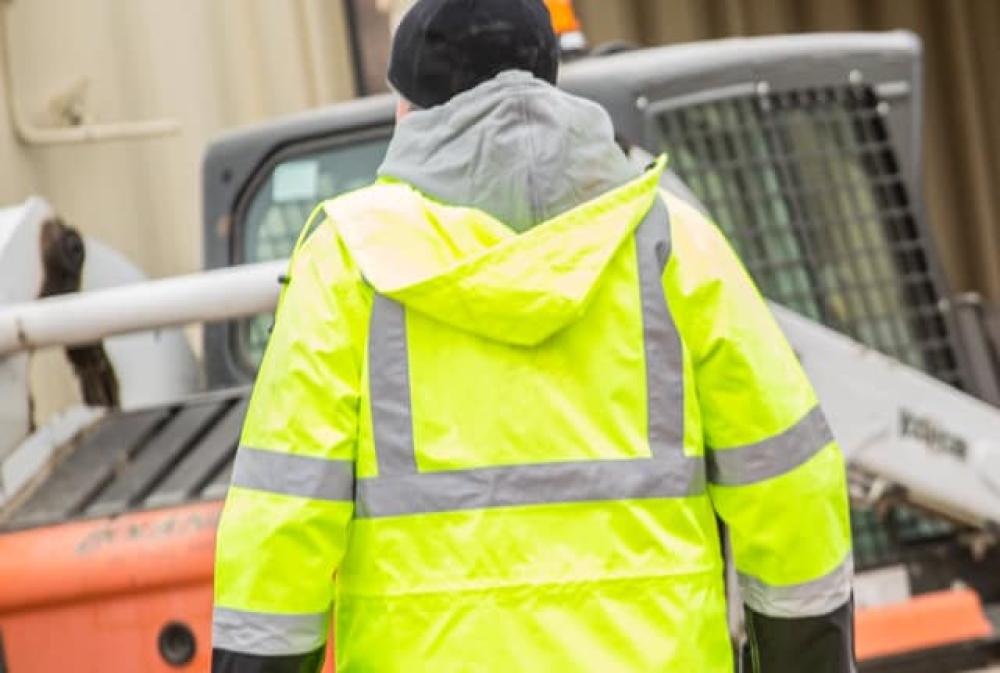
Waterproof Technologies
Waterproof Breathable Fabrics
Keeping water out is the primary goal—but if a fabric isn’t breathable, it isn’t comfortable. And if it isn’t comfortable, no one will wear it. So how can something keep moisture out while simultaneously allowing it to escape? Consider that a raindrop is thousands of times larger than sweat vapor. Micropores in the fabric’s membrane or coating are thus made large enough for sweat vapor, but too small for water—allowing you to stay dry without feeling like you’re wearing a trash bag.
Waterproof Membrane vs. Waterproof Coating
Rainwear fabrics utilize either membranes or coatings to achieve waterproofing. A waterproof membrane is a layer sandwiched between a (usually) water-resistant shell and liner. Most waterproof membranes are made of elastic polytetrafluoroethylene, affectionately referred to as ePTFE. A waterproof coating is a liquid film layered across the fabric’s shell—usually polyurethane (PU) and silicone. While membranes tend to be more durable, they can be considerably heavier and more expensive than lightweight coated fabrics.
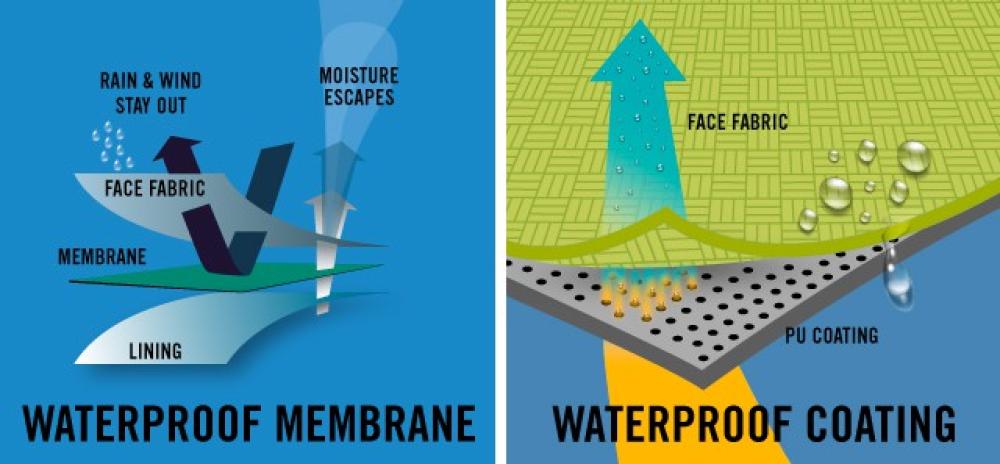
DWR (Durable Water Repellent)
DWR is a catch-all term used to describe a variety of secondary water repelling treatments. Applying a DWR to fabric will increase its water resistance, but cannot make it waterproof. It is common, however, for a DWR to be used in conjunction with waterproof fabric to prevent the outer layer from becoming saturated—also known as “wetting out.” This saturation does not compromise the waterproofing, but it can greatly decrease the fabric’s breathability and comfort. A DWR will keep that outer layer dry for longer. Note that DWR treatments do wear off over time and need to be reapplied to maintain effectiveness. You can test your DWR with a quick spray of water—if it soaks in instead of beading or dropping off, it’s time to re-up.
Waterproof Testing and Standards
Waterproof Rating
Unlike electronics, the United States has no official standard or rating system for waterproof fabrics. But that is not to say companies don’t do their due diligence. Most often, you will see waterproofing levels of a fabric described in millimeters. This indicates the Hydrostatic Head (HH) which, simply put, is the amount of water pressure the fabric can withstand before water seeps through. If the fabric leaks at 10,000mm of water pressure, it’s HH is 10,000mm. In the UK (where standards do exist), fabrics must test to a minimum HH of 1,500mm to be deemed waterproof.

Breathability Rating
A waterproof fabric’s breathability is rated according to its moisture vapor transfer rate (MVTR), which is measured by how many grams of steam (gaseous H2O) pass through a square meter of the fabric during a 24-hour period (g/m2). While this rating can give a general idea of what you can expect, keep in mind that performance in a controlled testing environment may not accurately reflect how the fabric breathes out in the real world with varying humidity and temperature.

Why Waterproof Work Gear?
Workers need rain gear primarily for the same reason everyone else does. Even the driest places are not immune to the occasional shower. High-quality rain gear not only keeps you dry and comfortable—it keeps you safe. Wet clothes cause the body to lose nearly 30x more heat, greatly increasing the risk of hypothermia and other cold stress injuries. Not to mention, proper rain gear can prevent inclement weather from bringing down the efficiency of the entire operation.
OSHA Standards
Though federal labor laws prohibit employers from conducting work in hazardous conditions without adequate protection, OSHA does not require employers to pay for rain gear as part of a worker’s PPE. Three U.S. jurisdictions—California, Minnesota and Puerto Rico—do independently require it. In Canada, the situation is much the same with certain jurisdictions including rain gear in provided PPE.
How to Choose the Best Waterproof Work Gear
Waterproof Jackets and Pants
As we’ve learned already, rain gear doesn't have to be stiff and suffocating. The highest quality waterproof jackets and pants will not only keep you protected from rain and snow, they’ll do so comfortably.
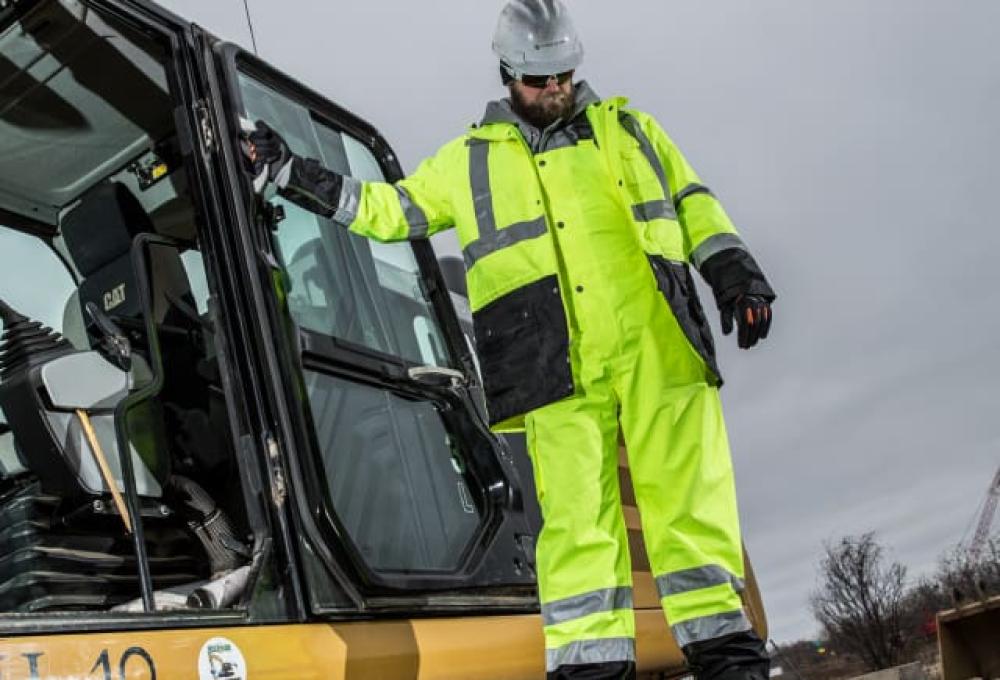
What to look for:
- Breathable Comfort: You’re not a high school wrestler trying to drop weight—get that body some airflow, baby. Look for products labeled as breathable for all-day dryness and comfort during even the most strenuous tasks.
- Easy to Put On/Take Off: Every storm runs out of rain. Waterproof gear should fit comfortably over base layers and be easy to put on in the event of an impromptu downpour. And because nobody likes soggy socks, the best pants feature buttons or zips along the bottom of pant legs for fuss-free on and off over boots.
- Taped Seams: For a jacket or pants to be truly waterproof, stitching seams need to be taped. This prevents any water from getting through any small holes made during production.
Secure Cuffs: Adjustable wrist cuffs for a snug fit with or without gloves will prevent water from invading your jacket via the sleeves.
- Hi-Vis: Snowy or stormy conditions can greatly impair visibility. Brightly colored hi-vis gear and/or reflective tape will keep you safe and seen.
- Warm: Those who work in colder climates should look for waterproof jackets or pants with thermal insulation or, at the least, options that are easy to layer over warm clothing.
Waterproof Gloves
Protect the money makers. Waterproof gloves are crucial to keeping hands productive and warm in wet conditions.
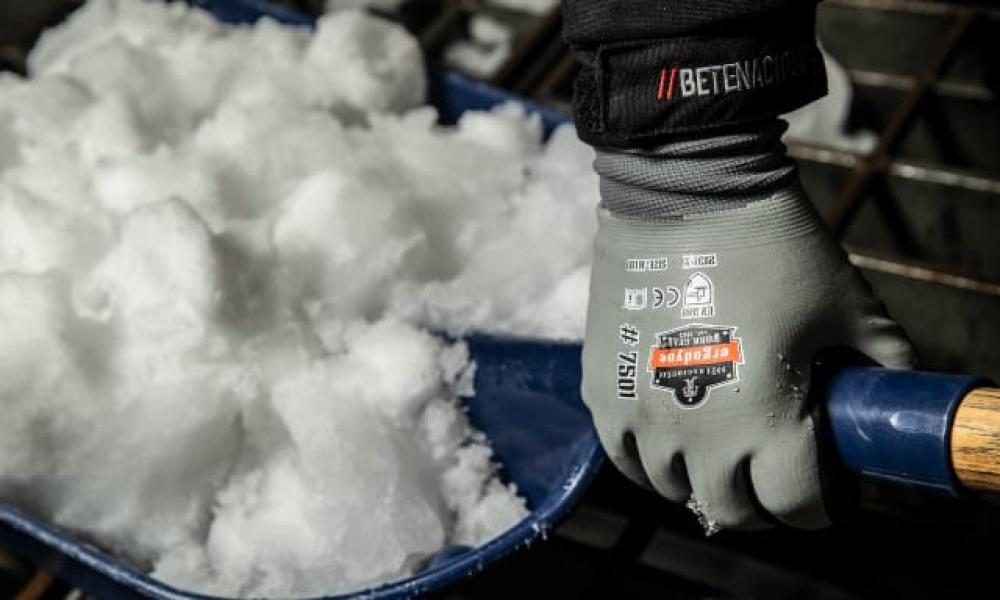
What to look for:
- Actually Waterproof: The glove category is ripe with cheap imitators spritzing products with temporary DWR treatments and calling it a day. Make sure your glove features a waterproof membrane or coating.
- Breathable: Working hands are moving hands, and moving hands are sweaty hands. Single-layer materials like latex might keep water out, but they’ll also keep it in. Gloves with breathable waterproof layers allow that moisture to escape.
- Snug Fit: Like with jackets, cuffs should tighten securely but comfortably around the wrist (either over or underneath sleeves) to keep water out.
- Flexible Grip: A waterproof work glove that can’t handle wet surfaces is about as useless as a glass hammer. Grippy, abrasion-resistant palms will keep the task at hand from slipping out of your fingers—literally.
- Warm: Keeping hands dry is a start, but it’s not the only consideration in cold temps. When your internal temperature drops, blood from the extremities flows to the core first—putting hands at the greatest risk of frostbite or hypothermia. Waterproof gloves with additional layers of thermal insulation are your strongest one-two punch for winter work.
Waterproof Shoes
A DWR treatment is a suitable and cost-effective solution for your everyday footwear, but those at risk of working in standing water or thick snow should invest in something with a little more oomph. Rubber rain boots are a highly protective, cost-effective solution if you’re willing to sacrifice some breathability and comfort. More traditional-style work boots can also be made with breathable waterproof technologies for comfortable all-day use. For winter work, look for insulated waterproof options designed specifically for heavy snow.
Waterproof Headwear
The Gorton’s Fisherman was onto more than crispy battered fish sticks. For those who don’t love the feel of a hood, waterproof hats utilize the same technology to preserve good hair days and prevent pesky droplets from infiltrating your neckline.
Waterproof Tents & Gear Storage
Gimme shelter. Waterproof pop-up tents and umbrellas provide refuge from the elements, as well as a dry spot to store non-waterproof clothes or gear. The best tents can be equipped with sidewalls for even more protection from the wind and rain. For days when there’s no coverage in sight, waterproof bags will keep extra clothes and gear nice and dry until you need ‘em.
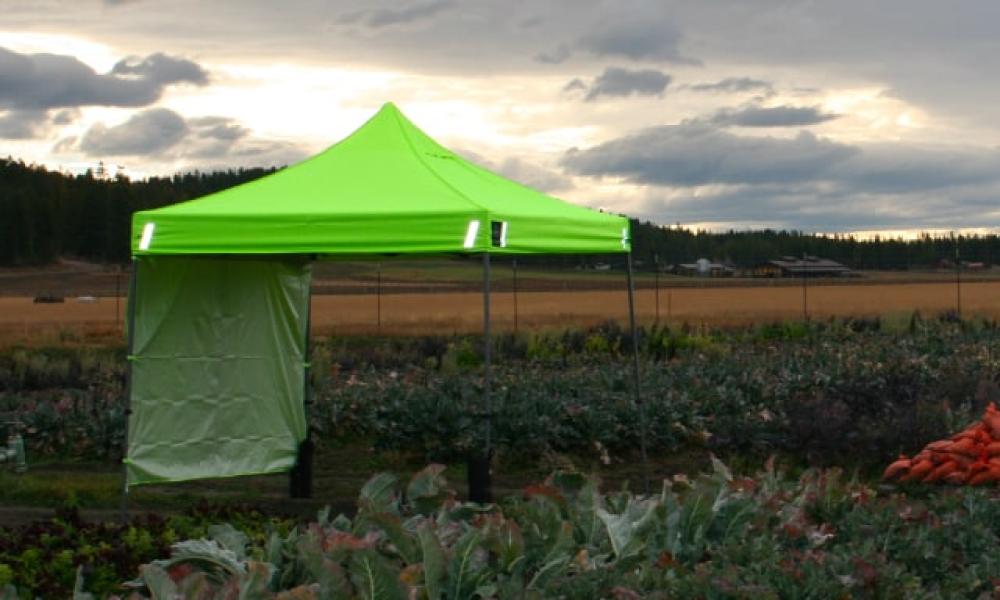
Other Beneficial Gear for Working in Wet Environments
Though not inherently waterproof, here are a few other beneficial considerations for safety in rainy or snowy conditions.
- Traction devices or deeply treaded footwear: Traditional cleated traction devices help workers maintain secure footing on ice and snow, and newer spikeless technologies provide sure-footed grip on wet surfaces without damaging floors. Deeply treaded footwear is also a wise choice as it gives water room to disperse, preventing costly slips and falls.
- Anti-fog glasses: Rain and snow can lead to distracting (and dangerous) fogging of safety glasses. Find a pair treated with a permanent anti-fog for clear vision in any condition.
- Base layers: Base layers pull moisture from the skin to keep you warm and dry—a critical factor for maintaining breathable comfort underneath rain gear.
- Weather-safe tools: Do not, we repeat, do not use power tools in the rain unless they are specifically designed to work while wet. When using hand tools, non-slip handles can enhance grip and minimize risk of drops.
DON’T GET CAUGHT IN THE RAIN
But if you’re going to, make sure you’re well equipped with Tenacious Work Gear designed to keep you comfortably dry when the dogs and cats start falling.

